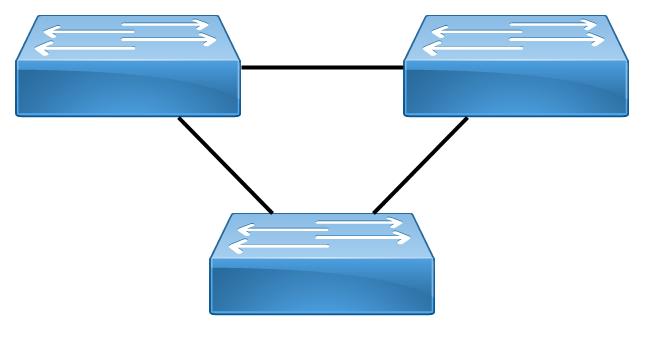Having created a VSF stack of Aruba 2930Fs, the immediate need of firmware maintenance is obviously raising the question of how!. Dealing with that, luckily a new software had been released and I was able to test.
Daring the result … it was shocking simple and runs as every other Aruba / Procurve firmware upgrade and you just have to cover the second vsf stack member.
vsf member 1
copy tftp flash 192.168.2.5 WC_16_07_0002.swi primary
vsf member 2
copy tftp flash 192.168.2.5 WC_16_07_0002.swi primary
Verify the upload with a show flash the firmware image something like, even you may Continue reading


